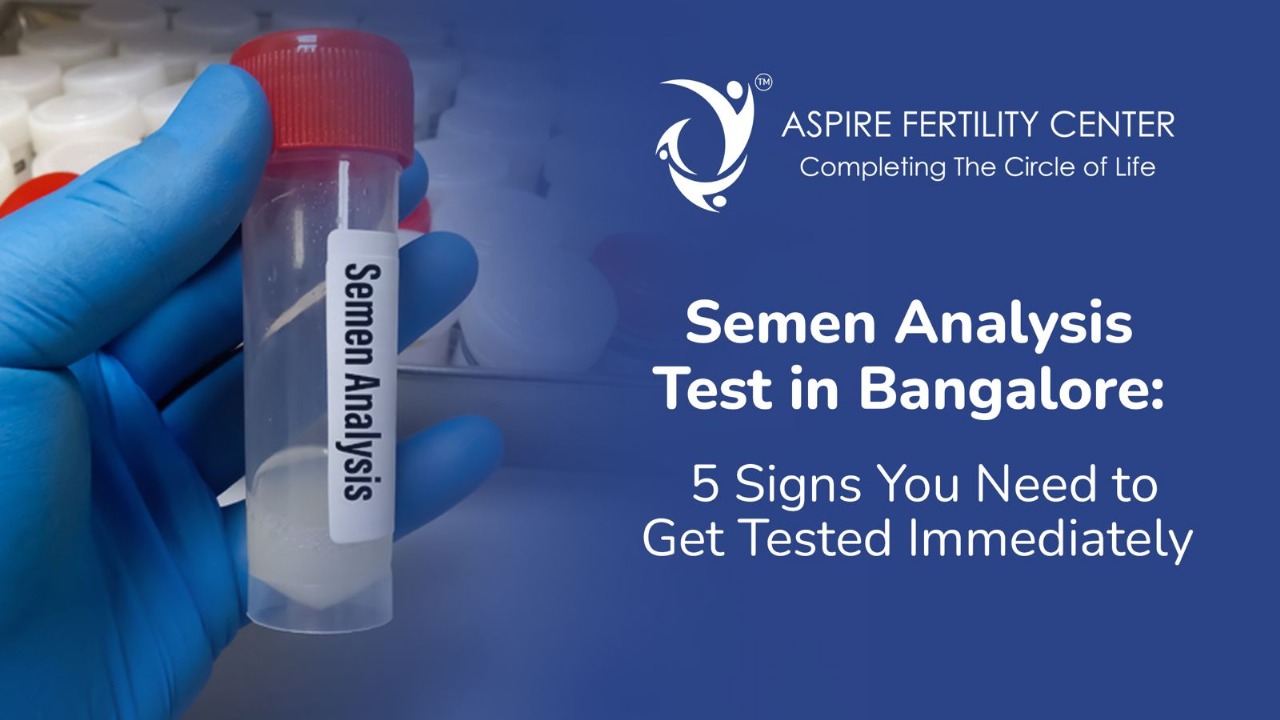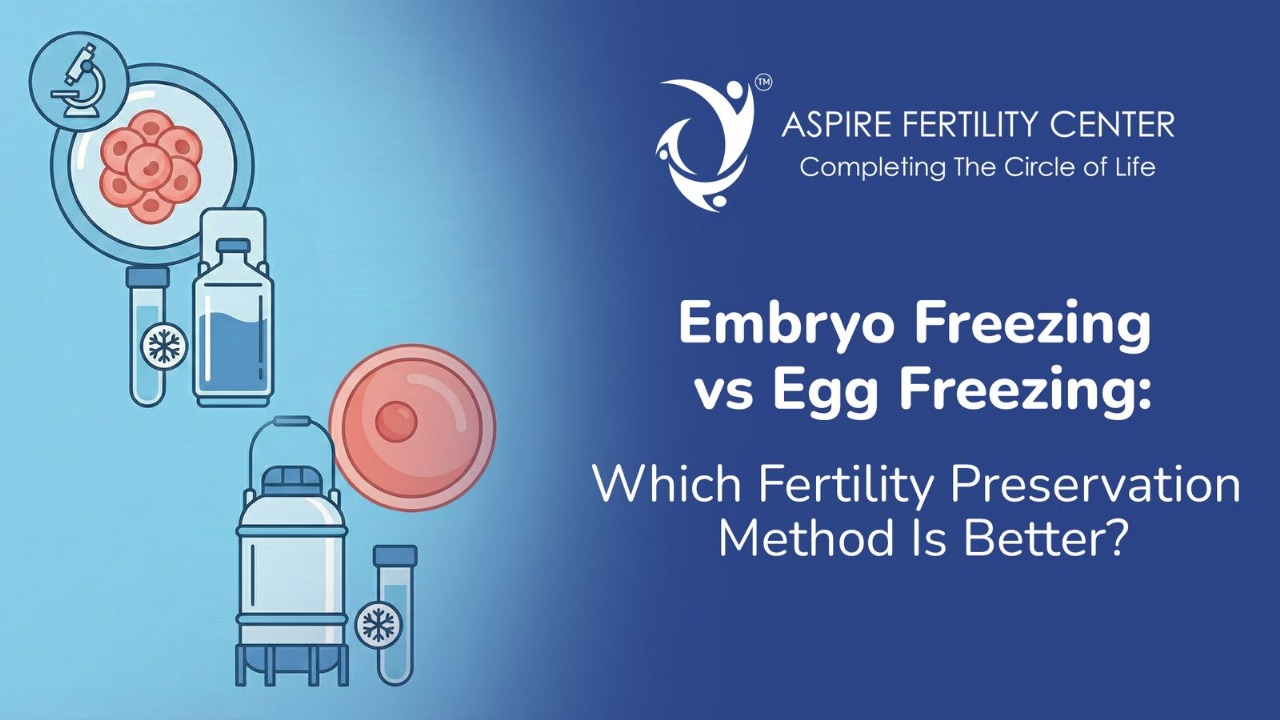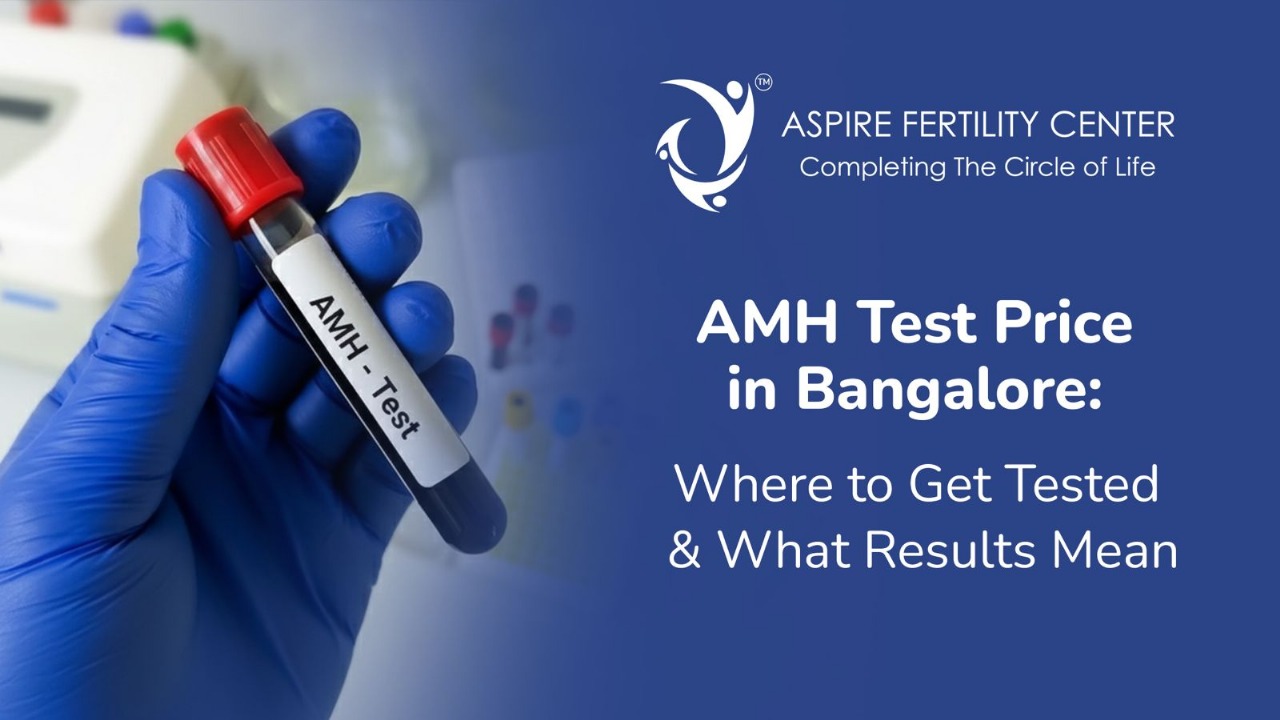In-Vitro Fertilization (IVF) begins with assessing the suitability of the couples for this procedure, and knowing the condition that is responsible for normal conception. Once it is determined that the couple can benefit from the IVF procedure and they have given the green signal to the doctors, the procedure is initiated.
The IVF procedure involves:
- A hormonal medication is administered which hyper stimulates the ovaries to produce multiple follicles, each of which can produce an egg during ovulation. As eggs develop during ovulation, it is time to retrieve them.
- Using a technique called transvaginal oocyte retrieval, in which a needle is inserted into the follicles, the follicular fluid is aspirated and is passed on to an embryologist to identify ova. At least 10 to 30 eggs are retrieved usually under sedation or general anaesthesia. This procedure takes anywhere between 30 to 60 minutes.
- The eggs which have a high chance of ensuring a successful pregnancy are selected. In the meantime, the sperm is prepared by washing off the inactive cells and the seminal fluid. If the sperm was from a donor and was stored quarantined and frozen, it would be thawed and readied for use.
- The egg and sperm are then mixed and kept under observation over a period of 2-5 days till it reaches the blastocyst stage.
- Once the embryo is ready, it is transferred into the uterus using a flexible tube called a catheter, through the vagina and the cervix. To increase the chances of pregnancy, more than one embryo (usually three) is transferred, though this can lead to multiple pregnancy with health risks for the mother and the baby.
- About two weeks after embryo transfer a pregnancy test is performed to determine the success of the procedure.





